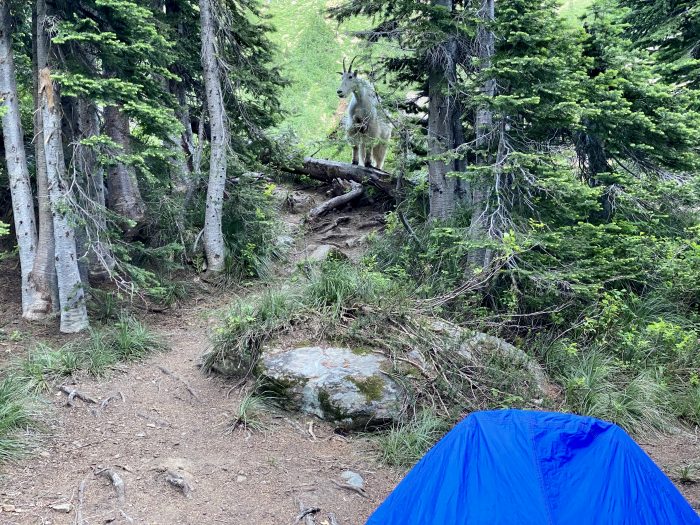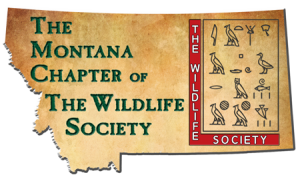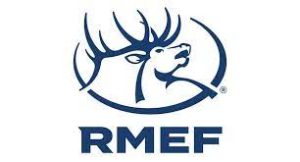Effects of Recreation on Rocky Mountain Wildlife: An Update

Background
In 1999, the Montana Chapter of the Wildlife Society produced a 301-page report to provide resource users, managers, and decision-makers with access to the best available scientific information about the effects of recreation on wildlife and to foster good stewardship of Montana’s wildlife resources for current and future generations. A companion website was developed to allow ready online access to the bibliographies of literature used to develop this document. The website allows searches by year, word, phrase, or wildcard and can be filtered by the following 18 categories and viewed onscreen or exported to Excel: Amphibians and Reptiles (813 articles); Birds (1,325 articles); Small Mammals (293 articles); Semi-Aquatic Mammals (79 articles); Ungulates (704 articles); Carnivores (736 articles); Domestic Animals (109 articles); Aircraft (117 articles); Energy Development (75 articles); Exotic Species (45 articles); Habitat Disturbance and Human Development (907 articles); Hunting and Fishing (202 articles); Non-motorized Recreation (584 articles); Pollution (152 articles); Recreation and Tourism (999 articles); Roads and On/Off-road Vehicles (938 articles); Water Recreation (203 articles); and Winter Recreation (255 articles).
Need
The Effects of Recreation on Rocky Mountain Wildlife report is now 20 years out-of-date. A great deal of research has been conducted since that time on the topical areas covered in report and new forms of outdoor recreation such as pack rafts and drones are new topical areas for which research summaries are needed by natural resource managers. Since the development of the report, the bibliography of literature available on the companion website has only received a minor update in 2012 when literature from a summary of fish and wildlife recommendations for subdivision development in Montana was added. There is therefore a need to: (1) update the literature contained in the bibliography and companion website by having a data technician conduct literature searches and add articles to the bibliographic database; and (2) update the topical area summaries contained in the Effects of Recreation on Rocky Mountain Wildlife report by either having experts volunteer to summarize topical areas they are familiar with or hiring a coordinating editor or author that will draft updates themselves for experts to review.
Proposed Products and Budget Options
Updated Bibliography and Bibliographic Website
A technician would be hired at the Montana Natural Heritage Program to conduct literature reviews on the following topical areas and add the literature to the bibliographic database so that the information is available on the website and is readily available for species experts and the coordinating editor or author: Amphibians and Reptiles; Birds; Small Mammals; Semi-Aquatic Mammals; Ungulates; Carnivores; Domestic Animals; Aircraft; Energy Development; Exotic Species; Habitat Disturbance and Human Development; Hunting and Fishing; Non-motorized Recreation; Pollution; Recreation and Tourism; Roads and On/Off-road Vehicles; Drones; Water Recreation; and Winter Recreation.
Update the Effects of Recreation on Rocky Mountain Wildlife Report
One of three approaches could be taken: (1) Members of the Montana Chapter of the Wildlife Society could volunteer to work with species experts to update summaries of each topical area. This would likely significantly delay the delivery of the updated report and make summaries for each topical area less consistent. (2) A Coordinating Editor could be hired to coordinate the production of updated summaries making use of volunteers where available and editing the entire report for consistency. (3) A Coordinating Author/Editor could take the lead on writing updated summaries for each topical area with voluntary review by topical experts and then undertake final editing of the entire report.
Acknowledgment of Funding Sources


